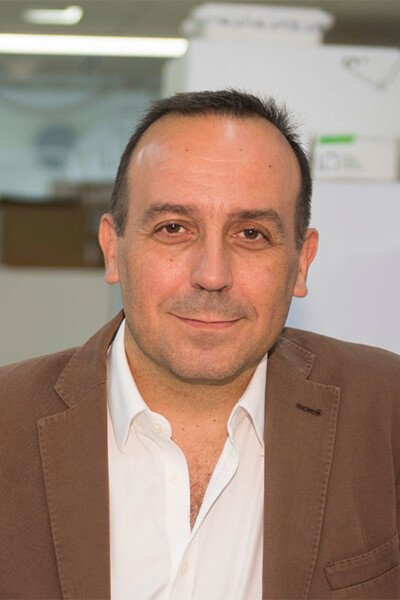Mapping the three dimensional structure of proteins
To understand the interaction between virulent organisms and the immune system, we need to know what the proteins involved actually look like – that is, what three-dimensional structures they have. This is the objective of Adnane Achour’s research, his main objects of interest being the immune system’s T cells and the bacterium Streptococcus pneumoniae.
Adnane Achour
Professor of Molecular Immunology at the Department of Medicine, Solna

Adnane Achour examines and visualises proteins that are important in infection diseases and cancer and the immunological responses to them. Using radiocrystallography and biophysical techniques, he maps the three dimensional structures of proteins down to atomic level and their interactions.
“My research group mainly does curiosity-driven basic research, including on the structures of T cell receptors,” says Professor Adnane Achour. “We have established a new way of reinforcing the T-cell response to infections and certain strains of cancer. Virus cells and cancer cells can deceive the immune system by altering their peptides, and we’ve discovered a way of preventing that using manipulated peptides that increase T-cell activation. The principle could be turned into a new form of treatment and the first tests on mice with cancer are promising. But there’s a long way to go before we get to clinical trials.”
Another focus of Professor Achour’s research is the invasion mechanisms of Streptococcus pneumoniae, which is a common cause of pneumonia and meningitis.
“One thing we’re looking into is how the bacterium uses different proteins to colonise surfaces and create biofilms, and to avoid immunological recognition.”
One of the group’s strengths, according to Professor Achour, is that much of its research is done in collaboration with clinical researchers specialising in each respective disease.
Text: Anders Nilsson, first published in "From Cell to Society 2016".
